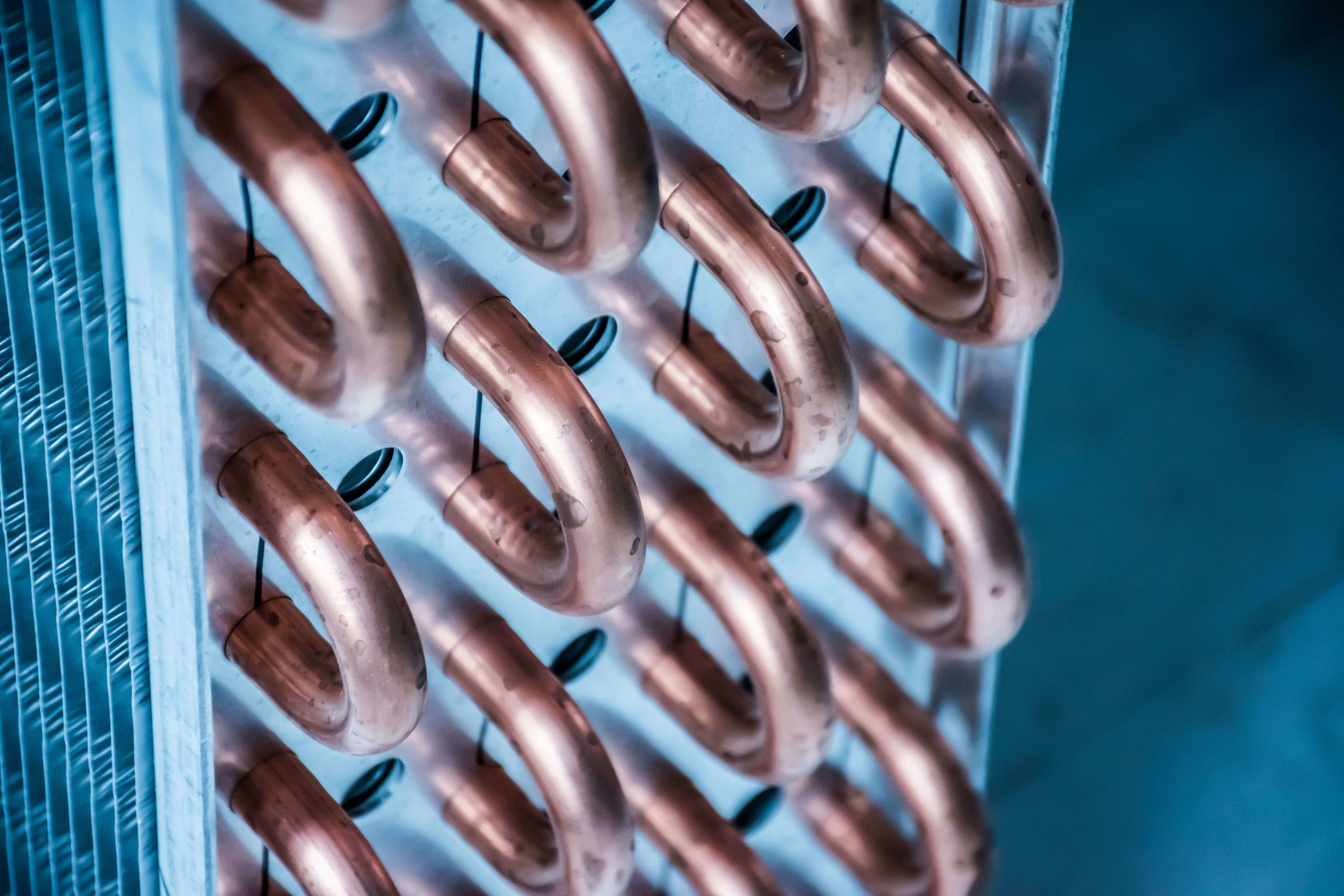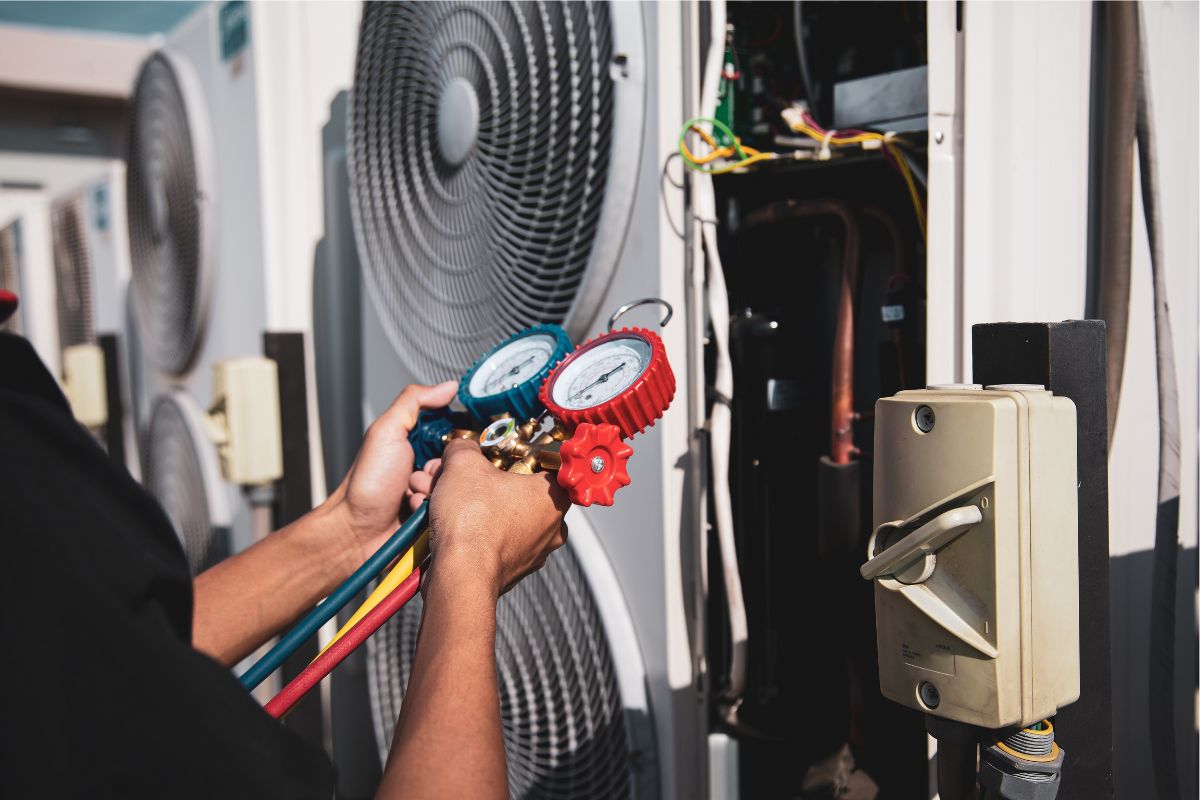In the winter months, it’s easy to overlook the cooling components of your commercial HVAC system–when it’s cold outside, your A/C units are likely the last thing on your mind as a building or facilities manager. However, it is essential to the life and long-term performance of your commercial HVAC system overall that you protect your cooling equipment against the effects of harsh winter weather and freezing temperatures.
As part of a commercial HVAC system, both condenser coils and evaporator coils play central roles in the cooling of the air throughout a building or space. By understanding how commercial HVAC coils work, you’ll be able to provide your equipment with the commercial HVAC maintenance it needs to perform its best year-round.
Contents
- How Do Commercial HVAC Coils Work?
- The Importance of Protecting Condenser Coils and Evaporator Coils This Winter
- HVAC Winterization with Air Ideal
How Do Commercial HVAC Coils Work?
In most HVAC systems, the evaporator coil is constructed of copper and is responsible for converting the refrigerant in the unit from a liquid to a gas. The refrigerant passes via an expansion valve on to the evaporator coils of the compressor unit. The expansion valve reduces the amount of pressure that is applied to the refrigerant and, as a consequence, the refrigerant becomes gaseous–and the process is repeated, and cool air is distributed throughout the building.
The condenser coil, which is likewise constructed of copper, is responsible for keeping the refrigerant in liquid form. The compressor increases the amount of pressure applied to the gas. This results in the gas condensing and becoming a liquid form. As the refrigerant transitions from its gaseous form to its liquid state, it releases the heat that it has generated. The liquid refrigerant then returns to its original location within the unit, allowing the cycle to begin again.
The Importance of Protecting Condenser Coils and Evaporator Coils This Winter
The condenser coil and the evaporator coil are both key components of an HVAC unit’s operation. Both coils should be examined on a regular basis to ensure that they are clean and in proper functioning condition, and if these components are exposed to areas that reach low temperatures, such as outdoors, they should be covered appropriately from the elements and winterized by a professional HVAC technician.
HVAC Winterization with Air Ideal
Planning for annual HVAC winterization is one of the most effective ways to protect your climate-sensitive cooling equipment this winter, as well as your entire building, from the effects of snow and ice on the environment.
To learn more about our commercial HVAC winterization services or about how you can better protect your commercial heating and cooling this winter, contact us today!



